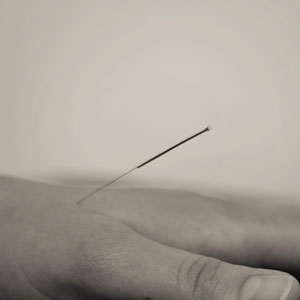It has long been accepted that acupuncture has analgesic, anti-inflammatory and anesthetic effects, as well as therapeutic effects in the treatment of various diseases. This therapy, which is part of the traditional Chinese medicine has drawn the attention of many investigators and become a research subject of international interest around the world.

Numerous studies have demonstrated that the nervous system, neurotransmitters, endogenous substances and Jingluo (meridians) may respond to needling stimulation and electrical acupuncture. An abundance of information has now accumulated concerning the neurobiological mechanisms of acupuncture, in relation to both neural pathways and neurotransmitters/hormonal factors that mediate autonomic regulation, pain relief and other therapeutics.
In practice, the acupuncturist can use several treatment methods other than needles to stimulate the acupuncture points and to promote the circulation of energy and blood: cupping, moxibustion, gua-sha, the electromagnetic lamp, electro-acupuncture, acupressure, qi-gong, tuina, laser, auriculomedicine etc
References
1. Foster JMG, Sweeney BP. The mechanisms of acupuncture analgesia. Br J Hosp Med. 1987;38:308–312. October. [PubMed] [Google Scholar]
2. Qian XZ. Progress in scientific research on acupuncture, moxibustion and acupuncture anesthesia by integrating traditional Chinese and Western medicine. In: Zhang XT, editor. Research on Acupuncture, Moxibustion, and Acupuncture Anesthesia. Beijing: Science Press; 1986. pp. 1–18. [Google Scholar]
